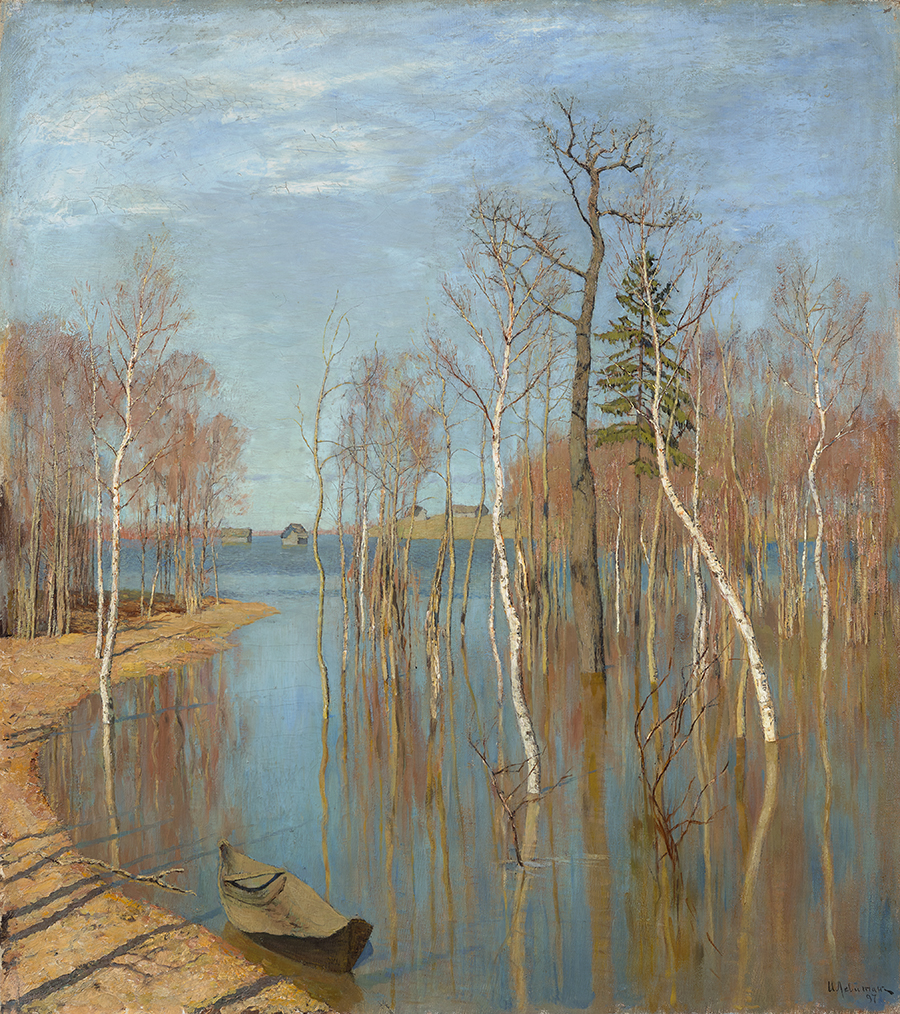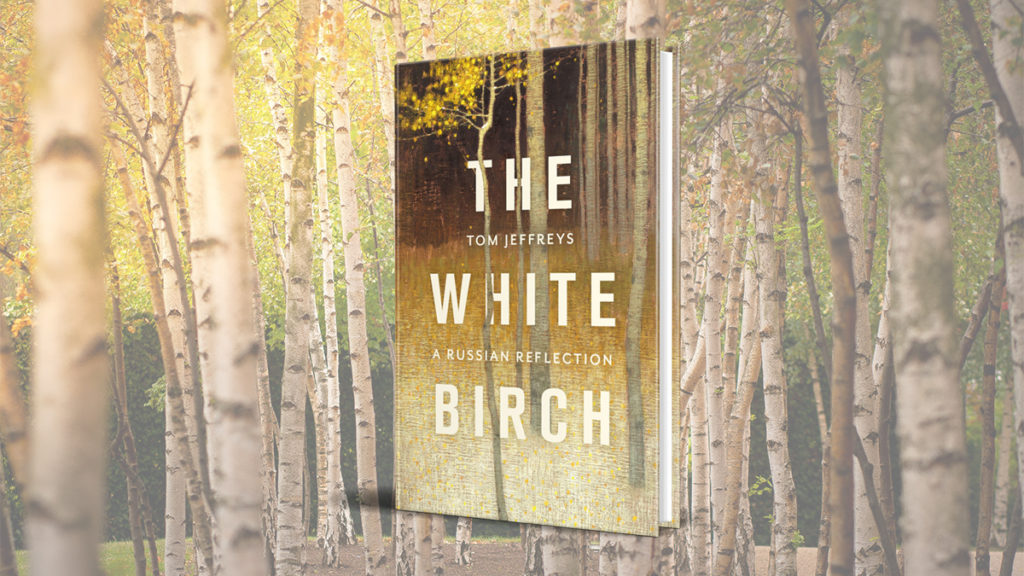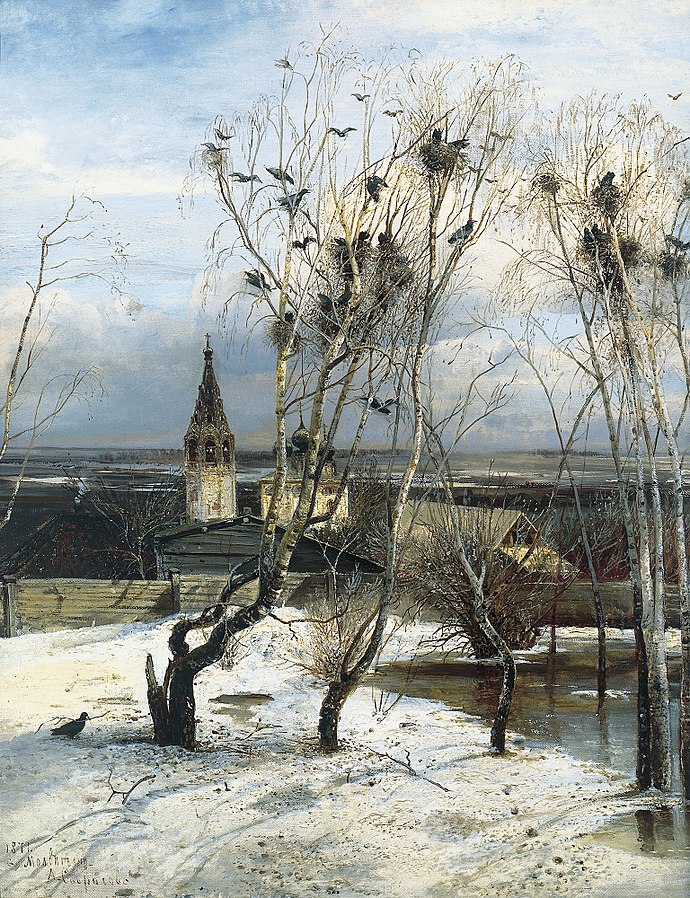Book Review – November 2021
It has been hand-planted by Tsarinas and felled by foresters. It has been celebrated by peasants, worshipped by pagans and painted by artists. It has self-seeded across mountains and rivers and train tracks and steppe and right through the ruined modernity of a nuclear fall-out site. And like all symbols, the story of the birch has its share of horrors (white, straight, native, pure: how could it not?). But, maybe in the end, what I’m really in search of is a birch that means nothing: stripped of symbolism, bereft of use-value . . . A birch that is simply a tree in a land that couldn’t give a shit.
The birch tree is the unofficial national emblem of Russia and is a ubiquitous presence throughout that nation’s forests. For Tom Jeffreys it is the birch, and in particular the white birch, that he tries to use to get a handle on the nature of what it is to be Russian. Jeffreys travels across Russia, from the Finnish border to Vladivostok on Russia’s Pacific coast, and everywhere he goes he finds birch trees from one species or another of the genus Betula.
But it is not just the physical presence of this species that he examines, it is much more the powerful hold that the birch tree has on the Russian psyche. A key part of this mindset is the place of the birch in Russian art and, as a specialist writer on art, Jeffreys examines this at length. The White Birch has a handful of black and white illustrations, but otherwise Jeffreys faces the perennial art writer’s problem of discussing paintings that the reader cannot see. That said, he shows considerable skill in rising to this challenge and is able to bring alive some of the key works in Russian landscape painting.
Most of this is not great art, Jeffreys suggests, but what it represents is still central to the Russian identity. For Russians the most famous and popular of these works is The Rooks Have Returned by Alexei Savrasov, the meaning of which generations of Russian schoolchildren have been required to write at least one essay about.
The birch is a pioneer species; it colonises newly broken ground, puts down deep roots and brings long-dormant minerals to the surface, thereby encouraging other vegetation and other, more substantial, trees to move in. The bark of the birch tree has many uses: a substitute for paper and leather, dressings for wounds and, when boiled down to a rich tar, a weatherproof coating for wood. Birch sap can be used in a variety of foods and drinks and the wood of the tree for building and for fuel.
As a symbol, the birch has been claimed by both dictators and protestors in Russia. Campaigners against a new Moscow to St Petersburg fought for several years to protect swathes of ancient birch woodland to the north of the capital. They were subjected to surveillance by the FSB and violence from hired thugs, while the local police just looked on. The protesters were at least partially successful when President Medvedev suspended the project in 2010 to consider other options.

Isaac Levitan, Spring, High Water, 1897, oil on canvas, 64 × 57 cm. Courtesy: Tretyakov Gallery, Moscow
Jeffreys travels take him to Catherine the Great’s garden, a drunken dinner with Pussy Riot activists in Moscow and on an epic journey by train into Siberia. As he travels he considers the idea of Mother Russia, a nation that is feminine in its character. But, we learn, the related concept of ‘eternal Russia’ is somewhat misleading; Russia as a nation only emerged in the last few centuries. Before that these lands were populated by a host of different tribes and peoples. Among these were the Rus, after whom Russia was named. But for millions of years, before all of these peoples arrived, the birch tree has occupied these lands.
Jeffreys previous book, Signal Failure, was about the environmental and economic folly of the HS2 project and involved him taking a journey by foot along the proposed route. It was not a bad book. In fact it was impressively researched and very well written. However, in my admittedly very personal opinion, it was a book that could have been written by any one of several other authors. But, with The White Birch, Jeffreys has discovered his own very unique voice and produced a work that is both profound and beautifully written.
Tom Jeffreys
 Tom Jeffreys is a writer based in Edinburgh. His work has been published in magazines, newspapers and websites like art-agenda, ArtReview, Apollo, Country Walking, Cricinfo, Finnish Architectural Review, Frieze, The Independent, Monocle, New Scientist, and The World of Interiors. Jeffreys is the editor of the online magazine The Learned Pig. He is the author of two books: The White Birch: A Russian Reflection (Little, Brown, 2021) and Signal Failure: London to Birmingham, HS2 on Foot (Influx Press, 2017).
Tom Jeffreys is a writer based in Edinburgh. His work has been published in magazines, newspapers and websites like art-agenda, ArtReview, Apollo, Country Walking, Cricinfo, Finnish Architectural Review, Frieze, The Independent, Monocle, New Scientist, and The World of Interiors. Jeffreys is the editor of the online magazine The Learned Pig. He is the author of two books: The White Birch: A Russian Reflection (Little, Brown, 2021) and Signal Failure: London to Birmingham, HS2 on Foot (Influx Press, 2017).


